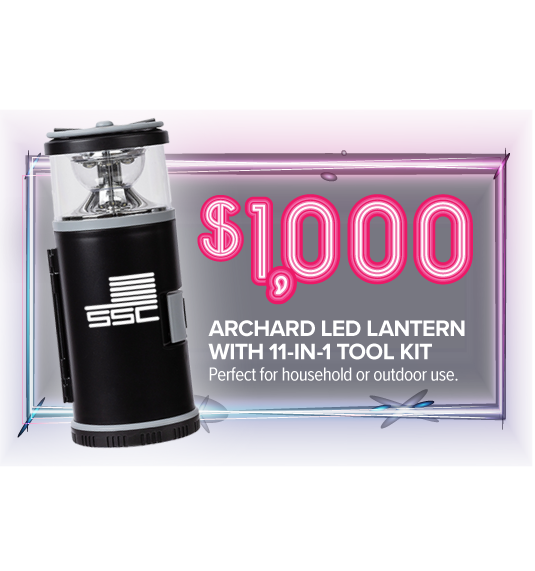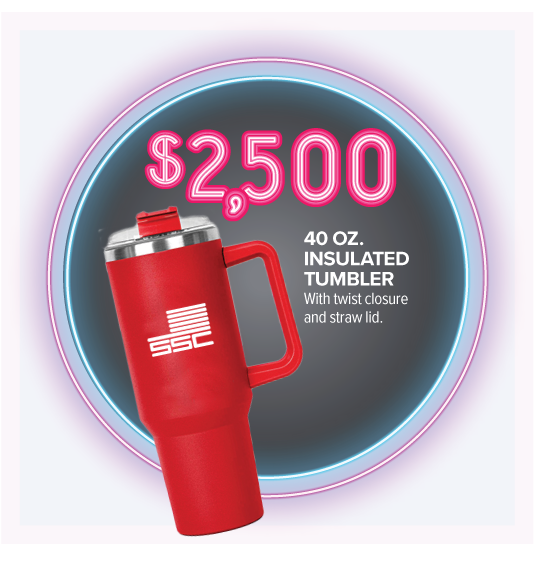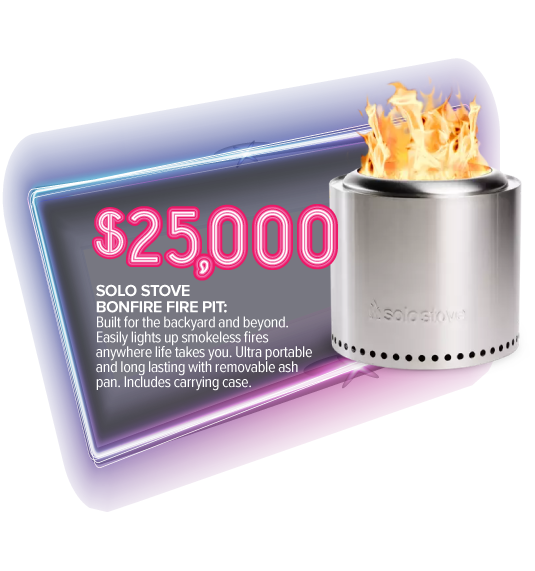Guide: Truck Trailer Door Installation and Repair

At the end of the day, a truck trailer door are pretty similar to garage doors. Both have torsion spring counterbalance assemblies, both can be overhead sectional doors, and both can be repaired and installed by you!
TRUCK TRAILER DOOR BASICS
Before installing a truck trailer door, it is important to know what sets them apart from regular garage doors. The main difference is that truck trailer doors are smaller than your average garage door. This door has smaller bearing plates, hinges, and drums (drum radius can vary depending on the size of the door track). Something to note is truck trailer door hinges do not number designations or graduated sizing. Hinges and roller/track assemblies for truck trailer doors usually follow a standard known as “Todco Style” to maintain consistency. With reduced headroom and a tighter assembly, the door rests perfectly in the steel frame of a truck trailer.
HOW TO ORDER
The first thing to do is to identify the door type. You can find this by referencing the manufacturer sticker/plate mounted to the lower corner of the bottom section of the door. Aside from the name of the manufacturer, there may even be a model number that you can reference.
Once you have the manufacturer information, it is time to measure the door. While ignoring side seals, top/bottom seals, and any additional door hardware, measure the door’s height and width (if you need a specific section of the truck trailer door, you can just measure the individual section in question).
Next, ask yourself some questions:
- Will you need a new counterbalance assembly, or can you use the previous one?
- Will you need side seals?
- Is the finish standard primer, or is it okay to use the white enamel finish?
- Does this truck trailer have a door or track?
- If it does not, follow the earlier steps but include the dimensions of the trailer’s opening. The track and door will typically need two inches of room on each side of the trailer.
With all this information gathered, you can order the proper replacement door. For the new door to go up however, the old one must come down.
DISMANTLING A TRUCK TRAILER DOOR
Make sure you have proper safety gear on before starting. This includes safety glasses, a hardhat, and work gloves.
Secure the door in the open position by clamping vice grips to the cables near the drums. Make sure not to push the door all the way out the back of the horizontal tracks. With the door secure, release the tension in the door’s springs. When removing the set screws from the springs, keep in mind that the springs are stretched out by about three inches and will retract when loosened. With the set screws removed, you can release the tension in the counterbalance assembly.
Since the truck trailer door is lighter than a traditional garage door, you can release the assembly’s tension with the door still open. Now that the assembly is loose, start moving the door out the back of the tracks. It is recommended that this part be done with multiple people to be as safe as possible. Make sure to remove any rear track bolts that would keep the door from exiting the track.
When mounting a track to the metal frame of a truck trailer, you will have to weld the track in place. The same goes for any bearing plates and spring anchor brackets. In any situation where the old track, spring assembly, and mounting areas are in good condition, they can and should be reused.
Shop our Truck Trailer Door Parts & Hardware – HERE.
INSTALLING NEW TRUCK TRAILER DOORS
When you order a new truck door, it will typically come in two pieces with all base hardware installed. When you are ready to install the door, you will have two building options:
- Put the two sections together outside of the rack and slide it on as a whole
- Placing the bottom half on the rack, placing the top half after it, and securing the sections in the middle
Installing the rollers should be done prior to lifting any sections of the door onto the track. Lift one side of the door or door section up and place the rollers where the sections are marked. This is another step that may require more than one person for safety reasons.
Make sure that when the door is lifted into the rack, it is kept level so none of the rollers drop out. A clamp or vice should be mounted in the horizontal track to make sure the door does not go through the radius. Once the door is on the tracks, reinstall the rear track bolts. The threads of the bolts should point towards the ceiling of the truck, and not down where they could get caught on something.
Next, put the counterbalance assembly back in place alongside the spring and spring- mounting brackets. Start winding the cables onto the drums and secure the drum screws. Use a vice grip to hold the shaft secure and not allow cables to backwind or come off the drum.
With the door now secure, wind the spring three and a half turns with the door in the open position. Add additional turns after the door is closed (recommend about thirteen turns total). Remember to stretch the torsion spring three inches after winding it in place. Not stretching the spring prevents it from pulling or contracting therefore not allowing the door to fully close.
The door should now be easy to open and close by hand, stay up in the header when open and should stop halfway down to prevent itself from falling.
The lock assembly does not come fully assembled on the door. You will need to install the lock to the door by matching the lock to the trailer floor’s base latch plate. There is a guiding line on the base plate to match up with the lock assembly’s guideline. Bolt the lock assembly in place and attach your handle keeper.
Optionally, the new door will come with top and bottom seals if necessary. These are typically installed between the track and jam with a hammer and a piece of wood to prevent damage to the seal. If needed, side seals are also available upon request.
Follow these steps, and you will be able to efficiently install, repair, and replace any truck trailer doors in the future.
Related:
Share:
Safety Disclaimer: In order to see all procedures completely, there may be safety measures that are not taken by our actors. Be sure to follow any and all proper safety requirements and refer to your manufacturer’s installation manual for details. Your health and safety is the #1 concern. Failure to understand/follow the recommendations in the course could result in property damage, personal injury or death. While all efforts are made to provide accurate information and guidance, it is impossible to predict all door circumstances. Accordingly, the user agrees that the user of this video; products and information contained herein are at your own risk. In no event shall Service Spring be liable for any property damage, personal injury/death, or any other loss or damage that may result from your use of the information and products provided on this video. All information contained within this site is provided “as-is” without warranty expressed or implied. User assumes all responsibility/risk for use of information and products purchased. If you have any doubts about your ability to perform the work safely, we recommend you contact another door professional to complete your repair.








